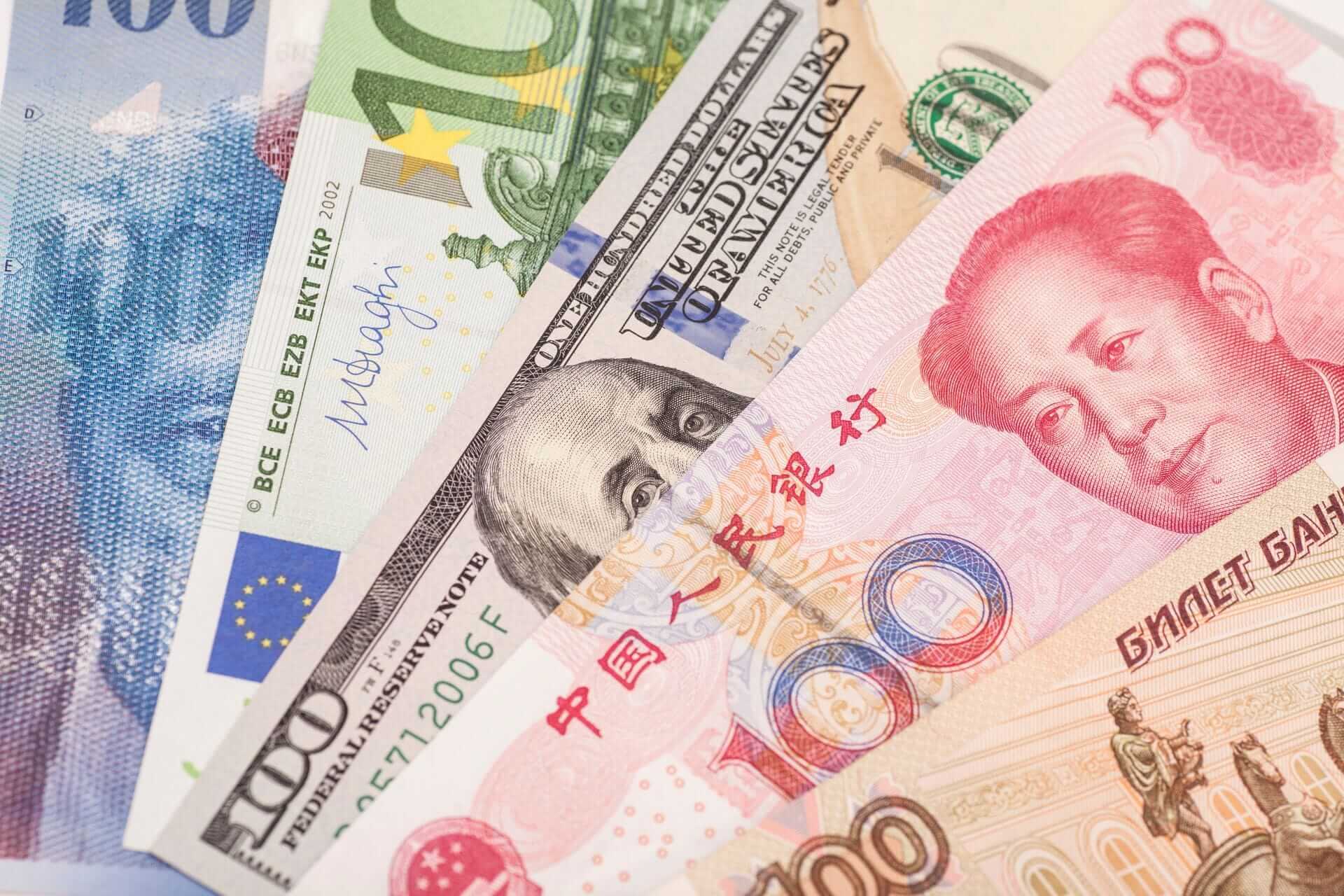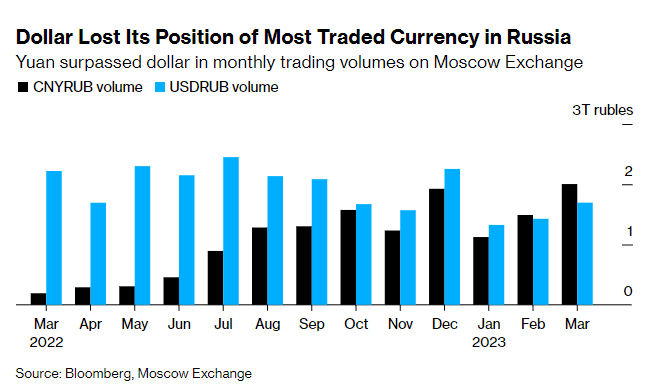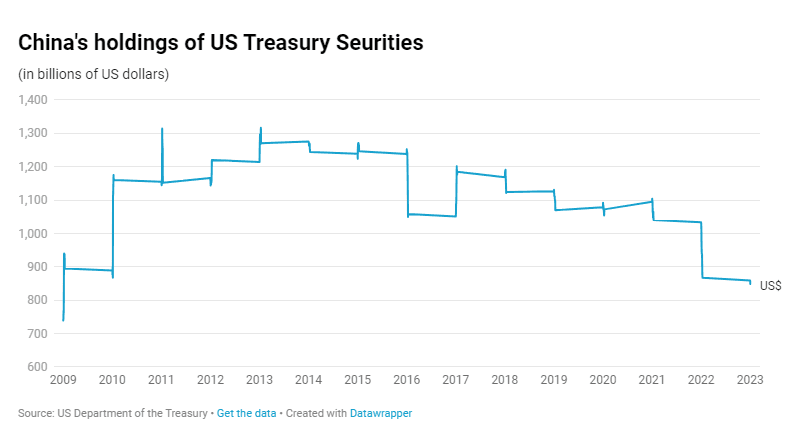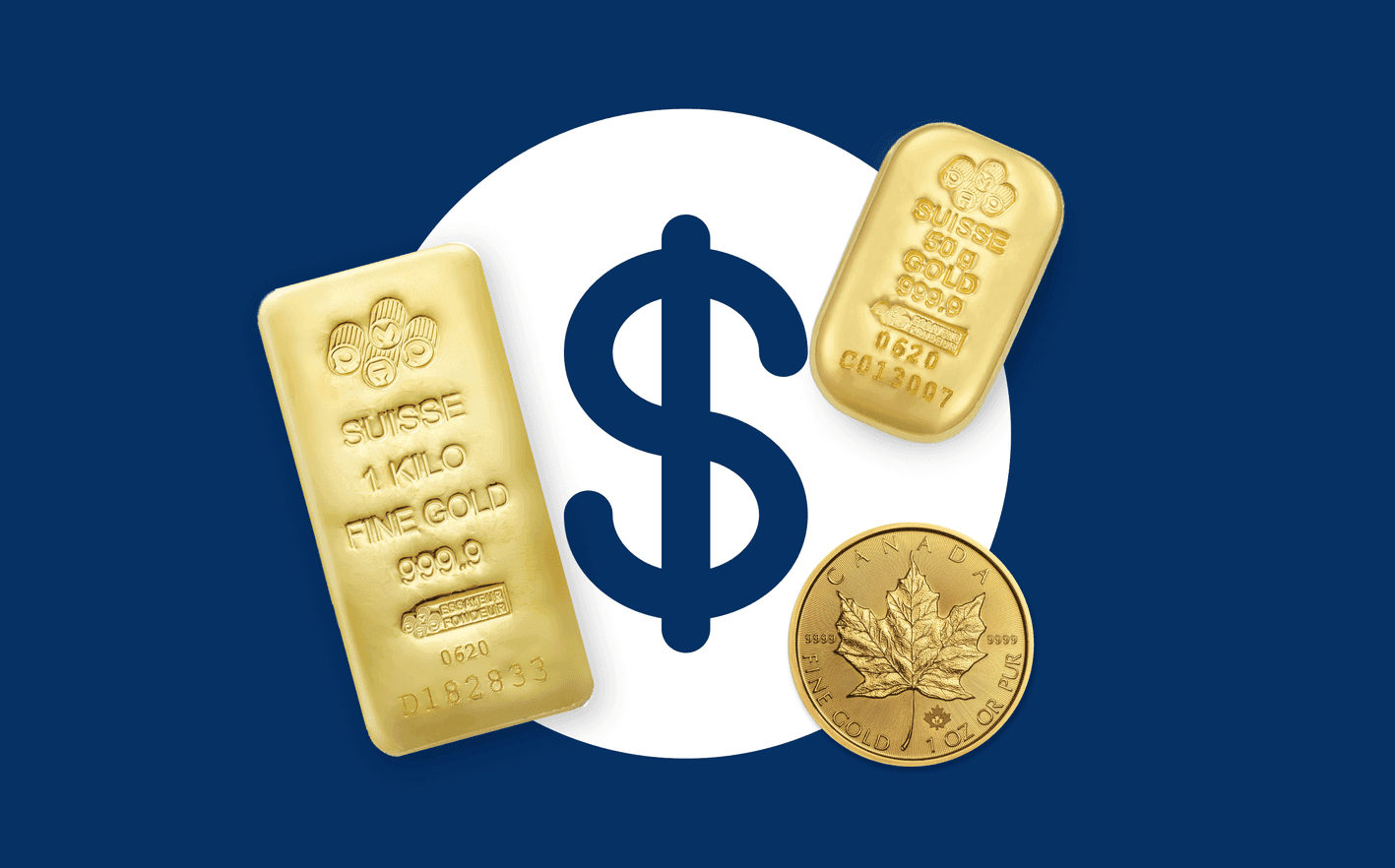The Rise of De-Dollarisation: What You Need to Know

Discover how the world's shift away from the dollar could reshape economies, challenge financial stability, and impact the price of gold.






Discover how the world's shift away from the dollar could reshape economies, challenge financial stability, and impact the price of gold.




